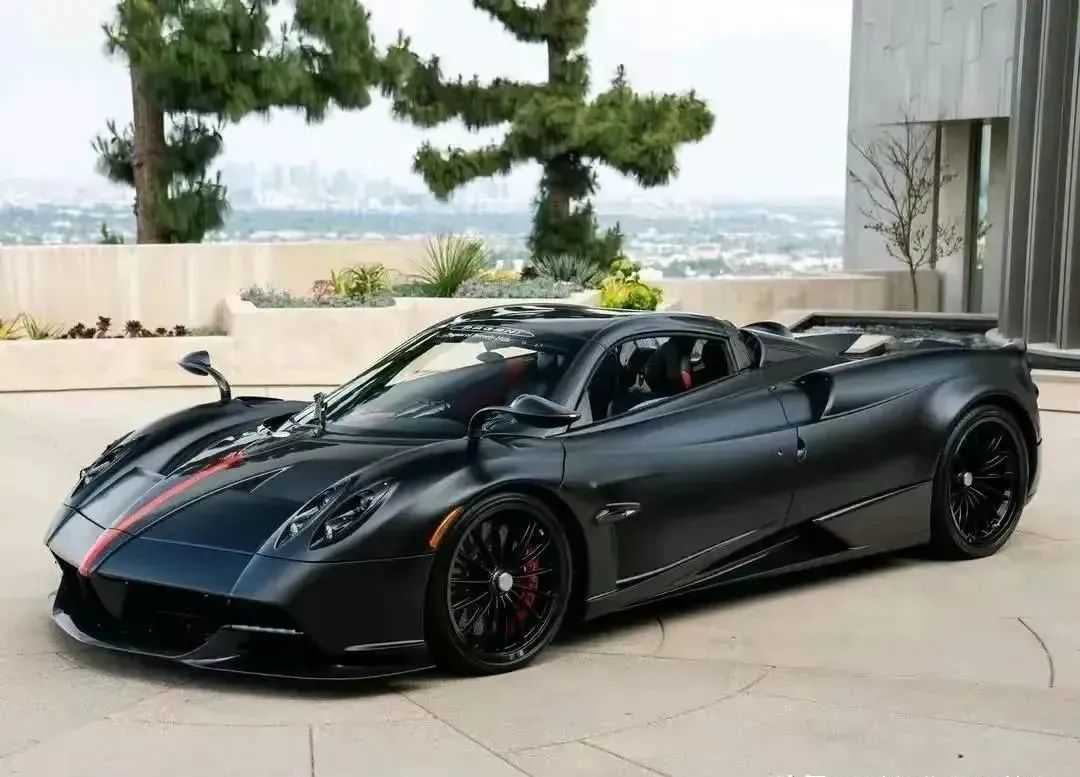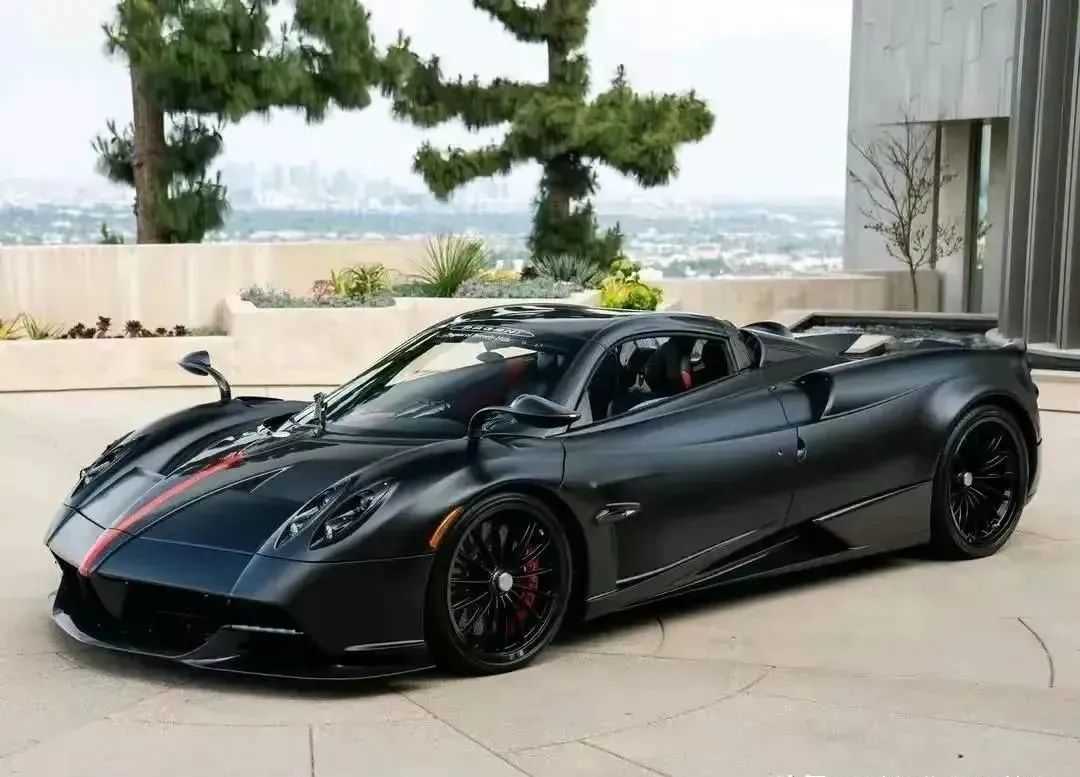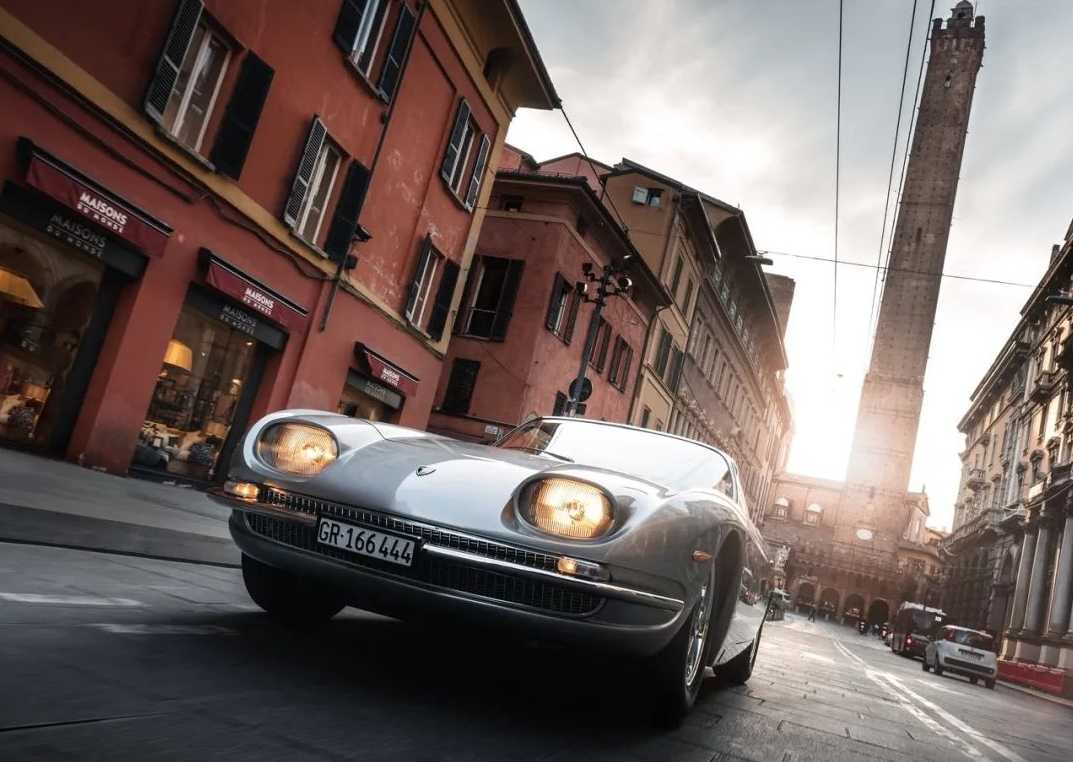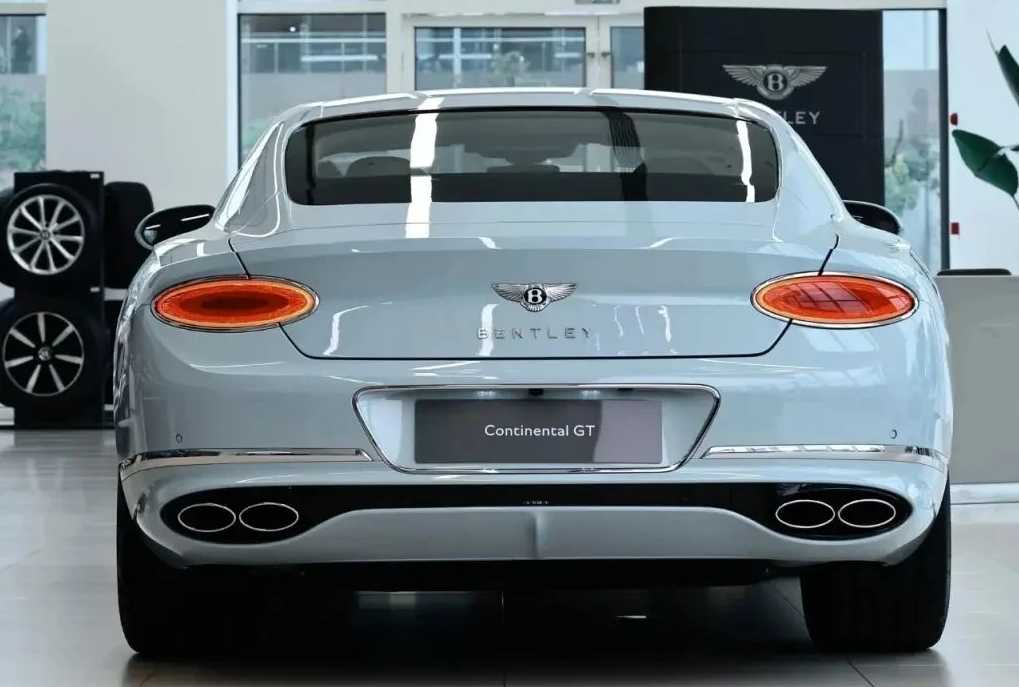Unveiled in 2017 as a collaboration between Aston Martin and Red Bull Racing’s F1 team, the Valkyrie stands as the ultimate expression of road-legal racing technology, limited to just 150 units worldwide. Dubbed a "F1 car for the road," this hypercar blurs the line between motorsport and production vehicles, with every component engineered to replicate the intensity of Formula 1 driving.
Aston Martin Valkyrie: The 2017 F1-Bred Hypercar That Redefines Automotive Extremism
Unveiled in 2017 as a collaboration between Aston Martin and Red Bull Racing’s F1 team, the Valkyrie stands as the ultimate expression of road-legal racing technology, limited to just 150 units worldwide. Dubbed a "F1 car for the road," this hypercar blurs the line between motorsport and production vehicles, with every component engineered to replicate the intensity of Formula 1 driving.

Source: Images from the Internet, if there is any infringement, please contact the removal of
At its core lies a 6.5-liter naturally aspirated V12 engine, co-developed with Cosworth, producing 1,014 horsepower and 900 Nm of torque. Mated to a Rimac-derived hybrid system, the Valkyrie rockets from 0-62 mph in 2.5 seconds, hits a top speed of 217 mph (350 km/h), and tips the scales at a featherlight 1,030 kg—achieved through a carbon-fiber monocoque, body panels, and even 3D-printed titanium components. The V12’s redline at 11,100 rpm creates a symphonic exhaust note, while the hybrid system delivers instantaneous torque, mirroring F1’s energy recovery technology.
Aerodynamics are the Valkyrie’s defining trait. Designed by Red Bull’s F1 chief Adrian Newey, its sculpted body, active rear wing, and underbody diffusers generate over 1,800 kg of downforce—nearly twice the car’s weight—at high speeds, enabling cornering forces that rival F1 cars. The interior, inspired by F1 cockpits, features a central driver’s seat flanked by two passenger seats (in the road version), with minimal controls and exposed carbon fiber. Even the steering wheel mimics an F1 wheel, housing drive-mode selectors and paddle shifters for the seven-speed sequential transmission.
Aston Martin’s goal with the Valkyrie was simple: create a road car that drives like a race car. Active suspension adjusts ride height and stiffness in real-time, while the cockpit’s low seating position and minimal windscreen offer F1-like visibility. The result is a machine that demands precision from its driver, rewarding skill with unrivaled feedback and performance. Though priced at around £2.5 million, the Valkyrie isn’t just a hypercar; it’s a rolling testament to what happens when F1’s cutting-edge technology meets road-legal constraints. For the 150 owners, it’s a mechanical warrior—a fusion of art, engineering, and motorsport that represents the pinnacle of automotive innovation.






